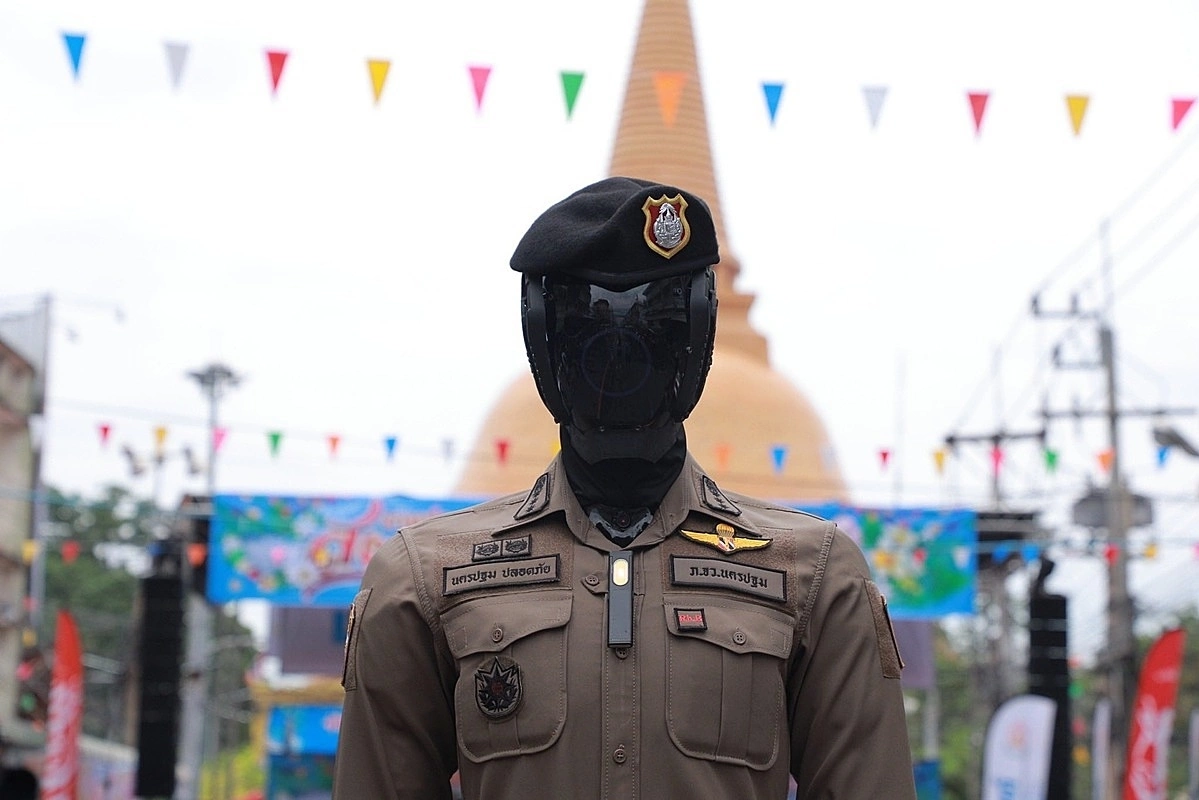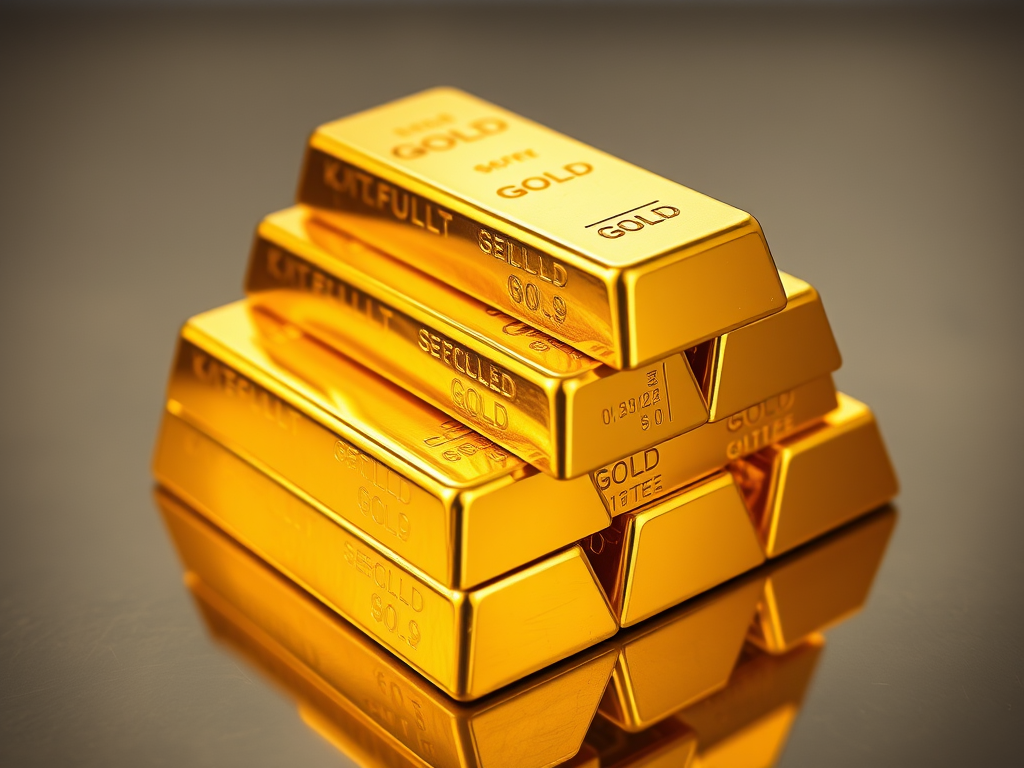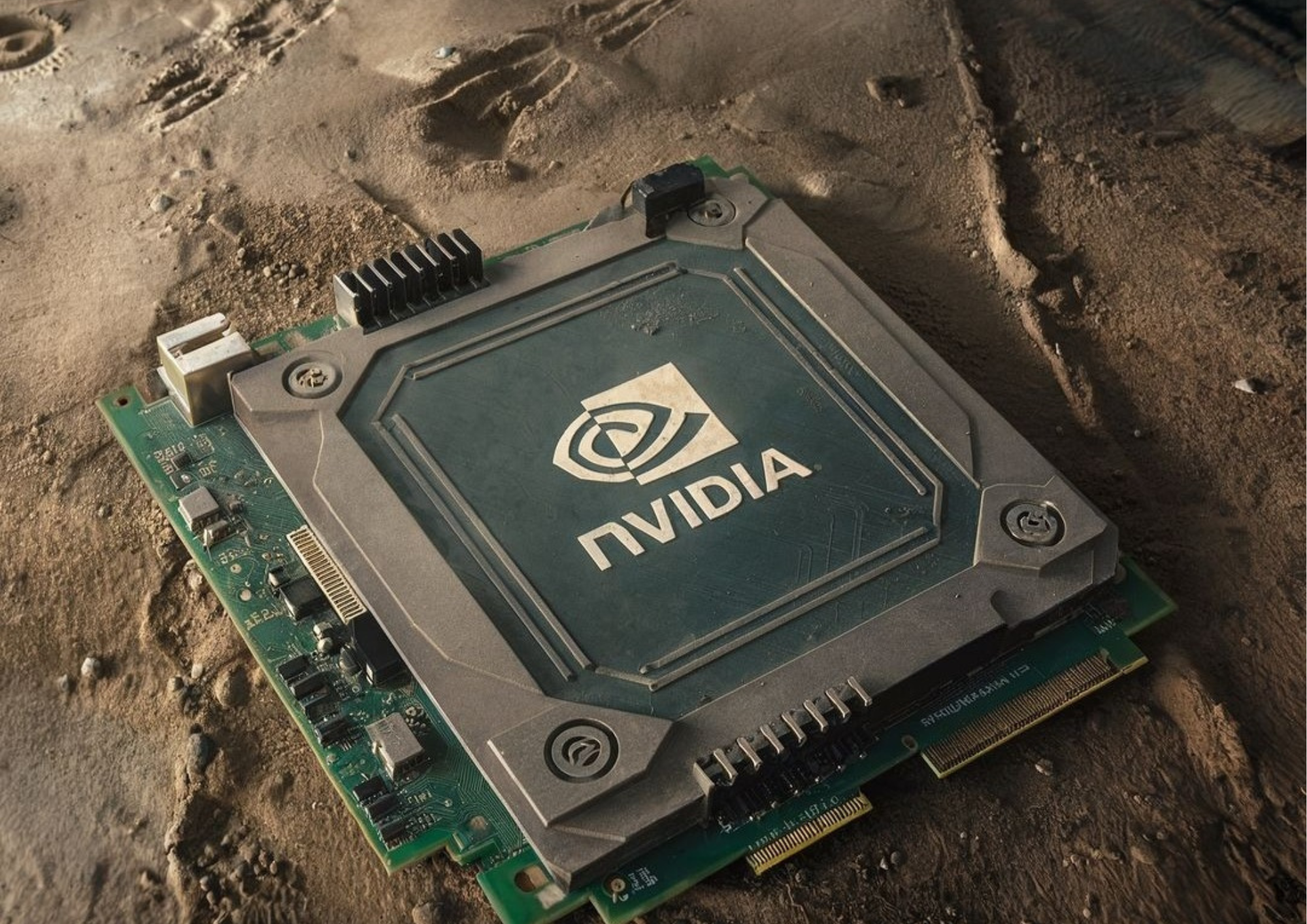Abu Dhabi Showcases Its Sea-Cage Project to Produce 100 Tonnes of Fish Annually

Abu Dhabi has embarked on an ambitious journey to revolutionize aquaculture with its innovative sea-cage project. This initiative, spearheaded by the Environment Agency – Abu Dhabi (EAD), aims to produce 100 tonnes of fish annually, addressing both environmental sustainability and food security. The project is a testament to Abu Dhabi’s commitment to leveraging advanced technologies and sustainable practices to meet the growing demand for seafood while preserving marine ecosystems.
The Genesis of the Sea-Cage Project
The sea-cage project was launched under the directives of Sheikh Hamdan bin Zayed Al Nahyan, Ruler’s Representative in Al Dhafra Region and Chairman of the Board of Directors of EAD. Located southeast of Delma Island within the Al Dhafra Region, this project is the first of its kind in the Middle East, utilizing artificial intelligence and advanced monitoring systems to ensure efficient and sustainable aquaculture operations.
Objectives and Vision
The primary objective of the sea-cage project is to produce 100 tonnes of fish annually, focusing on high-value local species such as Safi Arabi, Gabit, Shaam, and Sheri. By cultivating these species, the project aims to relieve pressure on wild fisheries, support food security, and promote sustainable aquaculture practices in the region.
Technological Innovations
One of the standout features of the sea-cage project is its integration of artificial intelligence and advanced monitoring systems. These technologies are employed to track fish behavior, monitor water quality, and optimize feeding efficiency. The project utilizes environmental sensors to measure parameters such as temperature, pH, salinity, dissolved oxygen, turbidity, and ammonia levels. Additionally, underwater and surface cameras provide real-time data on fish health and growth, ensuring optimal conditions for aquaculture.
Environmental Sustainability
Environmental sustainability is at the core of the sea-cage project. Prior to its establishment, EAD conducted comprehensive hydrodynamic and environmental modeling to identify suitable sites for aquaculture development. This modeling included studies on wave and particle movements, water quality, and the maximum biomass of fish that can be sustainably cultured without impacting the environment. The project also aims to develop environmental protocols for sustainable sea-based aquaculture, contributing to the preservation of marine ecosystems.
Economic and Social Impact
The sea-cage project is expected to have significant economic and social impacts. By producing 100 tonnes of fish annually, it will contribute to the local economy, create job opportunities, and support the livelihoods of local communities. The project also aligns with the UAE’s vision for sustainable development, promoting investments in the aquaculture sector and enhancing the country’s food security.
Challenges and Solutions
While the sea-cage project holds immense potential, it also faces several challenges. These include maintaining water quality, preventing disease outbreaks, and ensuring the sustainability of fish stocks. To address these challenges, the project employs a range of solutions, including regular monitoring of water quality, implementing biosecurity measures, and conducting scientific research on fish health and nutrition. Additionally, the use of artificial intelligence and advanced monitoring systems helps in early detection and mitigation of potential issues.
Future Prospects
The success of the sea-cage project in Abu Dhabi could pave the way for similar initiatives in other regions. By demonstrating the viability of sustainable aquaculture practices, the project serves as a model for future developments in the sector. The integration of advanced technologies and environmental sustainability measures sets a benchmark for aquaculture projects worldwide.

Conclusion
Abu Dhabi’s sea-cage project is a pioneering initiative that showcases the potential of sustainable aquaculture. By producing 100 tonnes of fish annually, the project addresses critical issues such as food security, environmental sustainability, and economic development. The use of advanced technologies and comprehensive environmental protocols ensures the project’s success and sets a precedent for future aquaculture initiatives. As Abu Dhabi continues to innovate and lead in sustainable practices, the sea-cage project stands as a testament to the emirate’s commitment to a sustainable and prosperous future.





vdguvykxkwiwfdmkwnvkemiroxzwxt
73vhkf
5laxhr
inqxac
vi6zsc
Abu Dhabi’s sea-cage project is truly inspiring and sets a remarkable example for sustainable aquaculture. The initiative not only addresses food security but also ensures the protection of marine ecosystems. It’s impressive how advanced technologies are being utilized to achieve such ambitious goals. This project highlights Abu Dhabi’s leadership in environmental innovation. How will this initiative influence global aquaculture practices in the future? Given the growing economic instability due to the events in the Middle East, many businesses are looking for guaranteed fast and secure payment solutions. Recently, I came across LiberSave (LS) — they promise instant bank transfers with no chargebacks or card verification. It says integration takes 5 minutes and is already being tested in Israel and the UAE. Has anyone actually checked how this works in crisis conditions?
o92op8
b5wwjr
63jzjj
4oh5j5